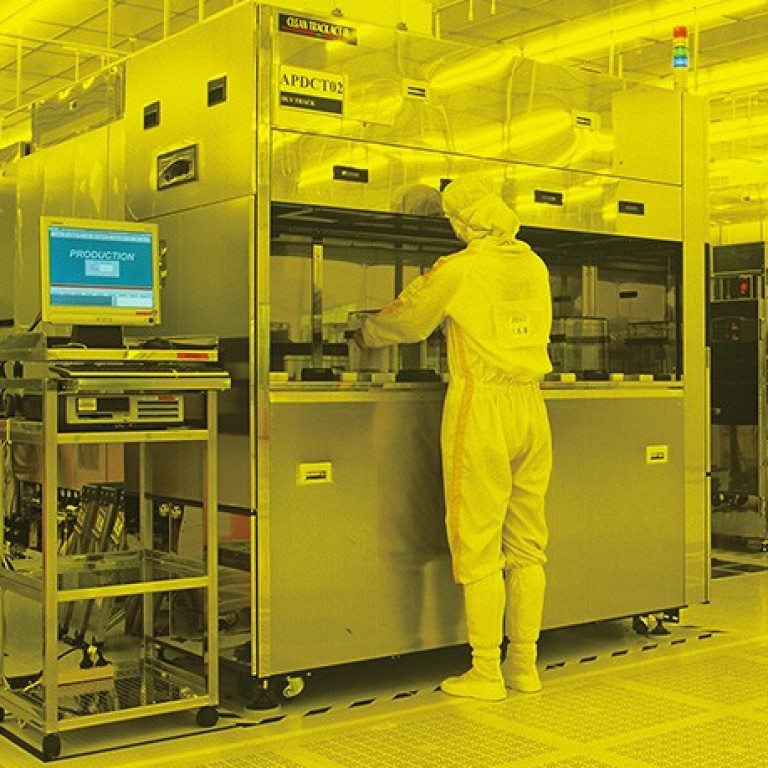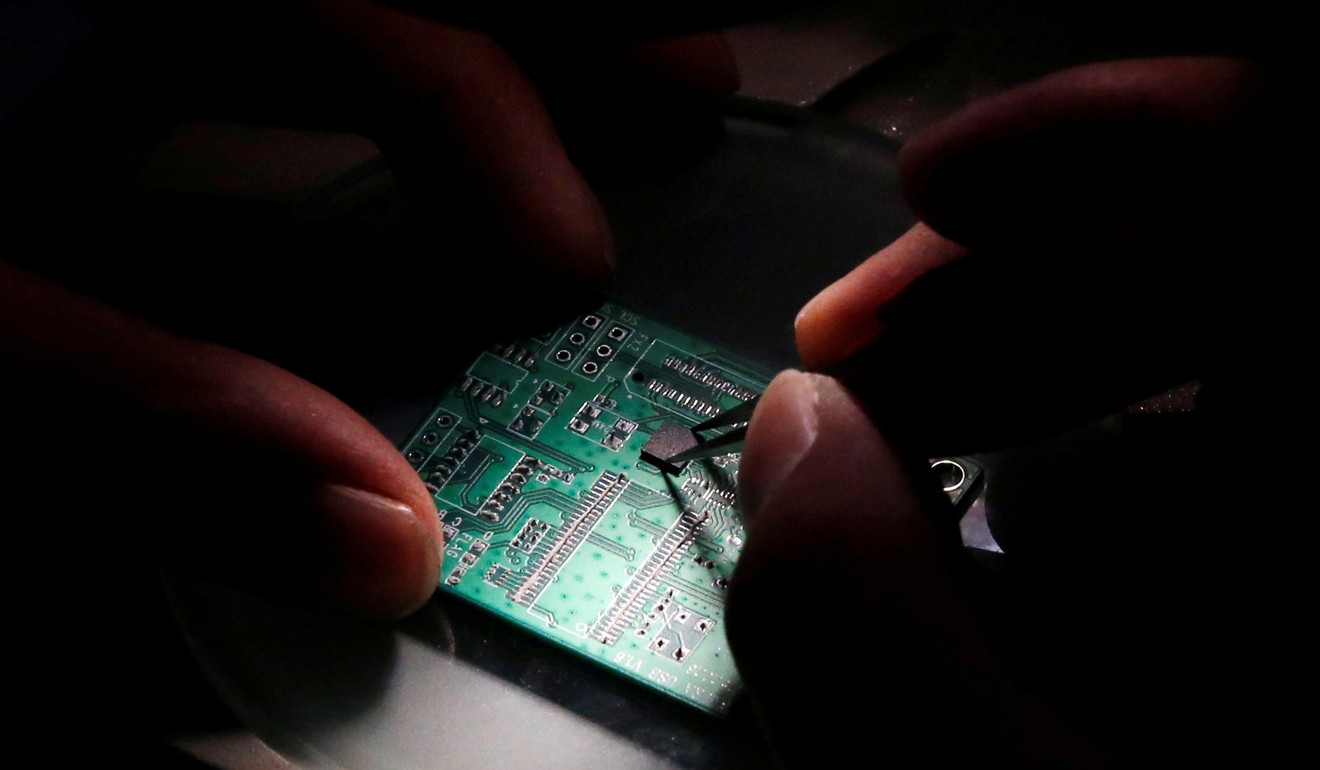
US semiconductor industry calls on Washington to provide billions for research to keep ahead of China
- Washington grows wary of Beijing’s ambitions, which include the ‘Made in China 2025’ industrial blueprint, and goal of closing the technology gap
A trade group representing US semiconductor companies has called on Washington to provide billions of dollars in annual investment for research to improve chip performance and hire more talent – moves similar to China’s “Big Fund” and Thousand Talents programme aimed at catching up to the US in chip and other core technologies.
The Semiconductor Industry Association (SIA), whose members include chip makers Intel, Qualcomm, and Nvidia, released a blueprint report titled “Winning the Future” earlier this week, and urged the US to invest between US$1.5 billion and US$5 billion annually to “advance new materials, designs and architectures” that will exponentially increase chip performance.
“Although US companies still lead the world with nearly half of global market share, state-backed competition from abroad seeks to displace US leadership,” the report said.
“To maintain our innovation trajectory for the next 50 years and win the competition for global leadership in the technologies of the future, the US must lead the world in semiconductor innovation.”
Should the US take heed of the association’s policy recommendations, it would spark a state-backed race to technology supremacy by two of the largest global superpowers just as the world is on the cusp of 5G networks revolutionising industries such as manufacturing as well as fields like smart cities and artificial intelligence (AI) – all of which require foundational technology, such as semiconductors.
“It’s shaping up to be a race between US and China,” said James Yan, Beijing-based research director at Counterpoint Technology. “For US chip makers, having US government support in funding more semiconductor research efforts could level the playing field with China.”
“Semiconductor technology is key in core information networks, and the US is worried China might catch up, especially with the top-down directive to develop such core technology,” he added.
The US has grown increasingly wary of China’s hi-tech ambitions, which include the “Made in China 2025” industrial blueprint that has the goal of closing the technology gap with the US in areas like semiconductors, aviation and aerospace, as well as robotics.
The SIA report listed China as an example, stating that the Chinese government plans to invest more than US$100 billion to try to catch up with the US in semiconductor technology, AI and quantum computing in the next decade.
China has sought to accelerate its efforts to gain self-sufficiency and parity in semiconductors, and in 2014 the central government set up the China National Integrated Circuit Industry Investment Fund – nicknamed the “Big Fund”.

The US$21.8 billion Big Fund aims to invest in chip manufacturing, industrial production, and mergers and acquisition activities in the industry. It has already invested more than 11.9 billion yuan (US$1.8 billion) in over 67 projects involving firms such as telecoms equipment maker ZTE Corp as well as chip makers Semiconductor Manufacturing International Corp and Hua Hong Semiconductor.
The efforts also come as China seeks to establish hi-tech dominance and build its own core technologies, after a US ban on ZTE last year exposed the soft underbelly of China’s technological ambitions and its reliance on US core systems.
The SIA also urged the US to develop a skilled workforce by attracting talent, both from the domestic market and abroad, to work in the sector.
The call for overseas talent is reminiscent of China’s Thousand Talents plan, which was set up to recruit top minds from abroad – both foreign and Chinese – for science and engineering research. Incentives ranged from millions of yuan in research grants, 500,000 yuan personal rewards, as well as medical and housing benefits for those willing to move to China and work at top mainland institutions.
However, the Trump administration has put in place stringent student visa policies, meaning that international students in the US may find it harder to obtain work permits there. At the same time, Beijing has played down the Thousand Talents programme so as not to antagonise Washington during trade negotiations.
The US industry group also asked for more resources for the protection against intellectual property theft, including the “misappropriation of trade secrets”, and more free trade agreements that would remove market barriers, protect intellectual property and enable fair competition, without referring to China specifically.

